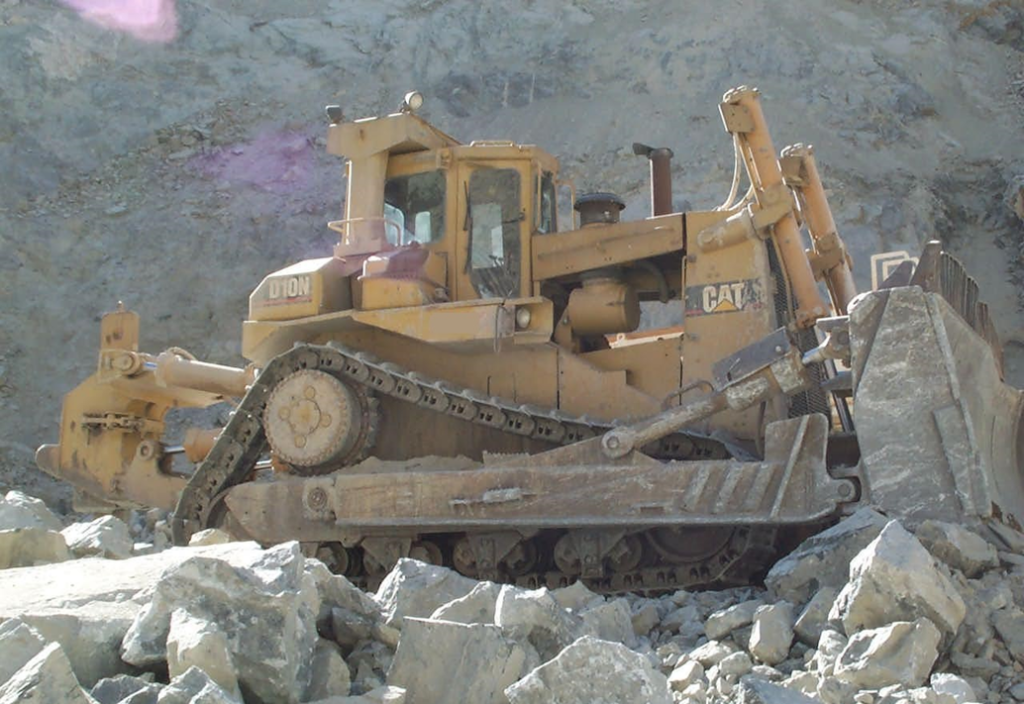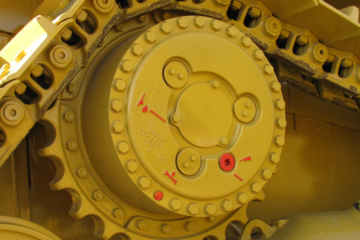
There are 3 main groups of tasks required to Manage Undercarriage effectively!
Group 1: Collecting the field undercarriage inspection data
- The inspector measures each undercarriage component to determine its percent worn – this allows the calculation of the residual life and more importantly the date of replacement of the undercarriage.
- The inspector looks for any signs of component misalignment or accelerated wear which would need to be addressed to avoid reduced component life.
- The inspector will also look at any additional items that could impact the machine or may need attention such as Equalizer bar condition, condition of Blade or Ripper GET
- The inspector should record for each observed point:-
- A measurement/evaluation or some form of answer
- A comment – which will provide more information to the report when being read
- An Image – a picture is worth a thousand words. I always recommend a picture of how the component is being measured along with an image of any issues identified to help with interpretation.
Group 2: Reporting on Condition
- The results of the inspection are correlated into a report and presented with readings, calculated % worn, images and comments and most importantly, a List of Tasks to be completed.
- This report should tell a story about how the machines undercarriage has been performing, how it will perform to the end of its life and What Needs Attention now.
- The report needs to indicate the Date the undercarriage will reach 100% worn and when new parts should be ordered, given the lead times.
Group 3: Converting Actionable Items into Actions
- The undercarriage inspection may identify Actionable Tasks, and it is critical to ensure these are converted to Work Orders with a severity attached. They must not be lost in the noise of everyday business.
Integration with the Undercarriage Inspection System so that data flows seamlessly to the work order system is the most effective way of enhancing work-flows.




0 Comments